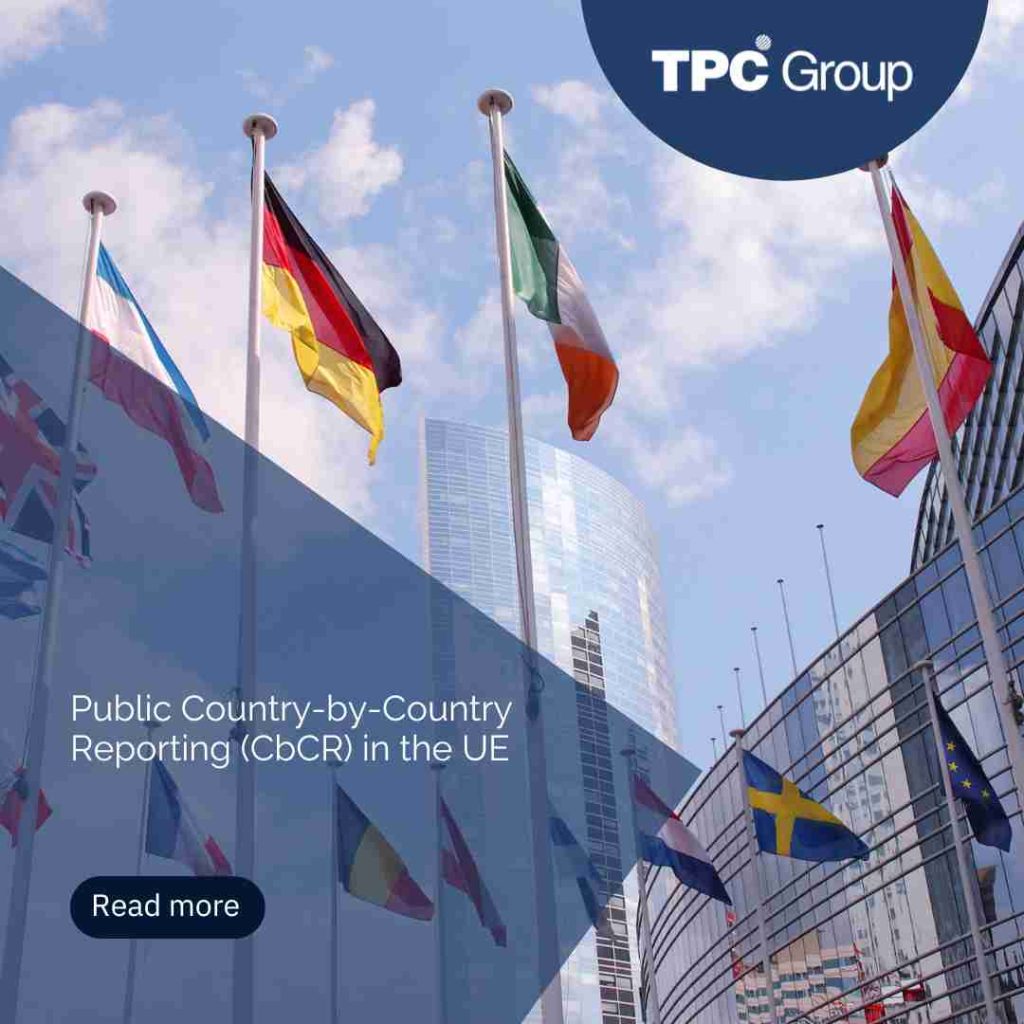New EU Tax Transparency Board of Directors
In order to restore citizens’ confidence in the fairness of tax systems and the tax contribution of the main economic operators, on December 1, 2021, the Board of Directors of the Public Country-by-Country Report was published in the Official Journal of the European Union (EU), amending the Board of Directors of 2013 on corporate income tax by certain companies and branches. Thus, the first report to be filed will be for fiscal years beginning on or after June 22, 2024. Conversely, some countries may decide to shorten these deadlines.
Therefore, this Board of Directors of the public CbCR will require certain EU-based multinational companies with total consolidated (global) revenues exceeding €750 million in each of the last two financial years and operating in more than one jurisdiction to publicly disclose the tax paid on their profits. Likewise, multinational companies whose ultimate parent company is not in the EU, with total consolidated (global) income exceeding €750 million, will be able to apply it but should prepare their public CbCR if they have medium or large subsidiaries and/or branches.
Scope of the New Board of Directors
The reporting aims to obligate large multinational companies to improve their corporate transparency through better communication with different investors, employees, suppliers, and other stakeholders, who will be able to evaluate their tax proceedings and assess the possible risks related thereto. In this regard, they will determine whether aggressive tax practices or those not aligned with their sustainability strategies are adopted, which could result in penalizing commercial relations or creating social pressure, discouraging them.
The information to be disclosed in the public CbCR shall include:
- Name of the ultimate parent company or independent company, the financial year in question, and currency employed,
- Nature of activities,
- Number of employees
- Revenues calculated with certain specialties
- Amount of profit or loss before corporate income tax.
- Amount of income tax due in the country on profits earned in the current year.
- Amount of tax paid during that year.
- Retained earnings.
Likewise, it should be separately disclosed for those jurisdictions belonging to the EU and in aggregate for other jurisdictions, except jurisdictions classified as non-cooperative or those on the grey list on certain occasions.
On the other hand, this reporting will be on the corporate website of the multinational groups, entities, and branches required to prepare it within 12 months from the end of the reporting tax period.
Disclosure Challenges
It should be noted that if multinational companies must postpone the disclosure of certain information, the Directive establishes certain conditions to do it for a maximum of five years. Thereby, when publishing the CbCR information, commercially sensitive data related to business models, value chain, and jurisdiction benefits are shared, which, when exposed, may weaken the international competitive position thereof; therefore, a report for important discrepancies in the group should be available for possible contingencies resulting from this reporting.
Outlook for Latin America
Finally, would it be feasible to have a similar initiative in Latin America? Perhaps. Conversely, various regulatory amendments are currently being worked on in the countries of the region to be aligned with the OECD guidelines on tax matters, i.e., to reduce the gap with more developed countries regarding the Transfer Pricing regulations.
An example of this is Peru, which had an amendment in its formal obligations, adopting the three levels of information indicated in BEPS Action 13: Local Report, Master File, and Country-by-Country Report some years ago.



